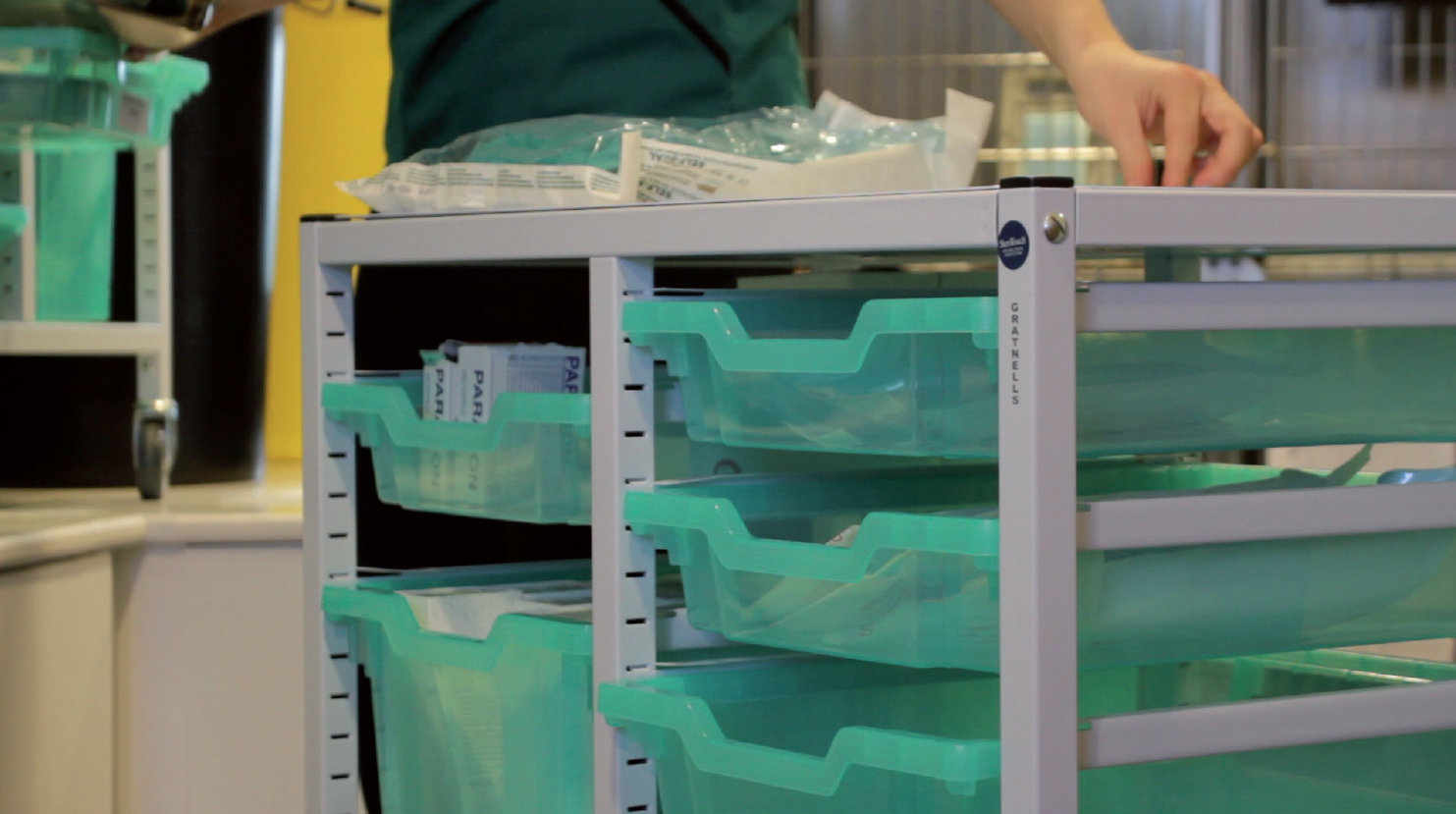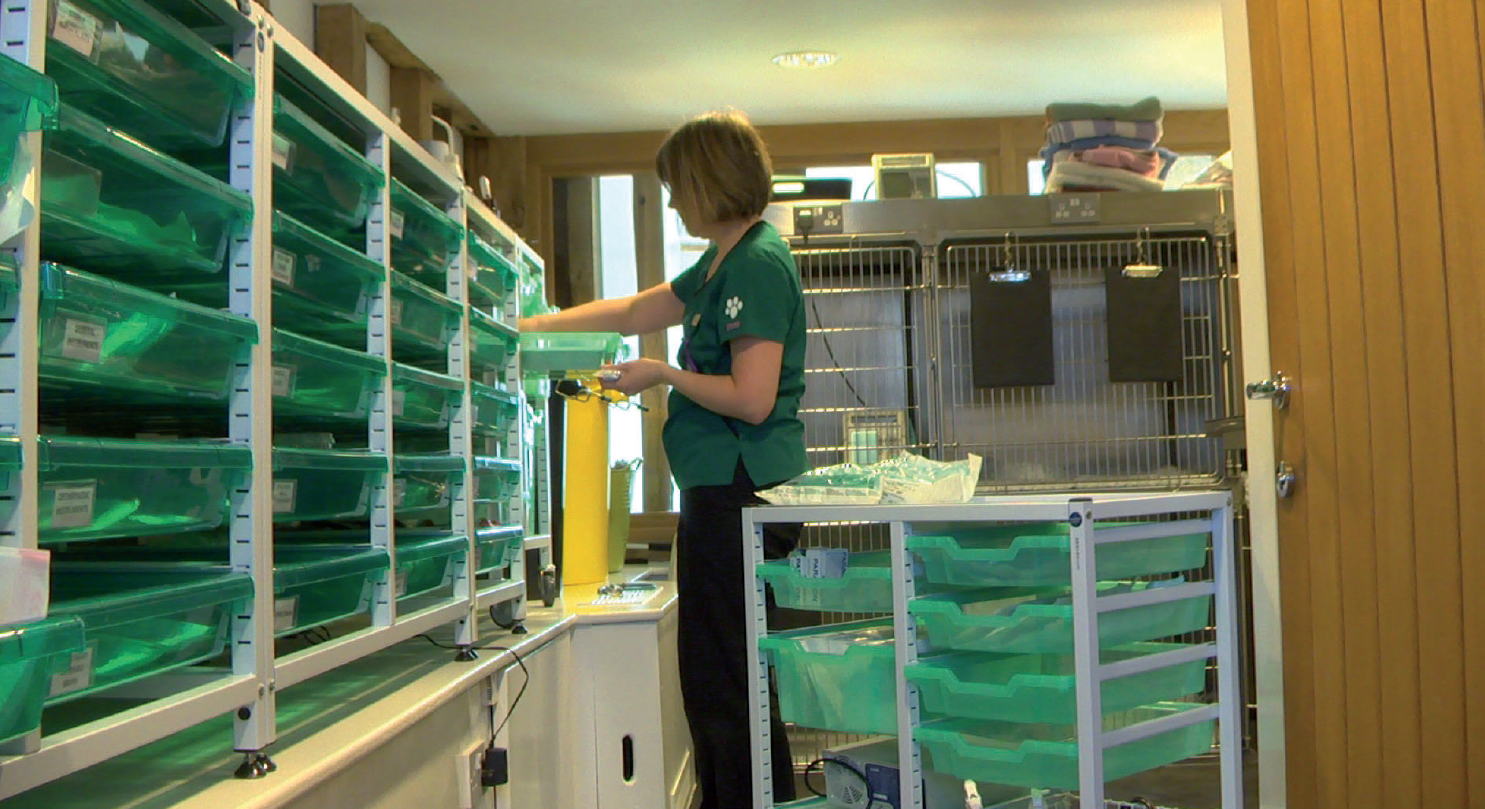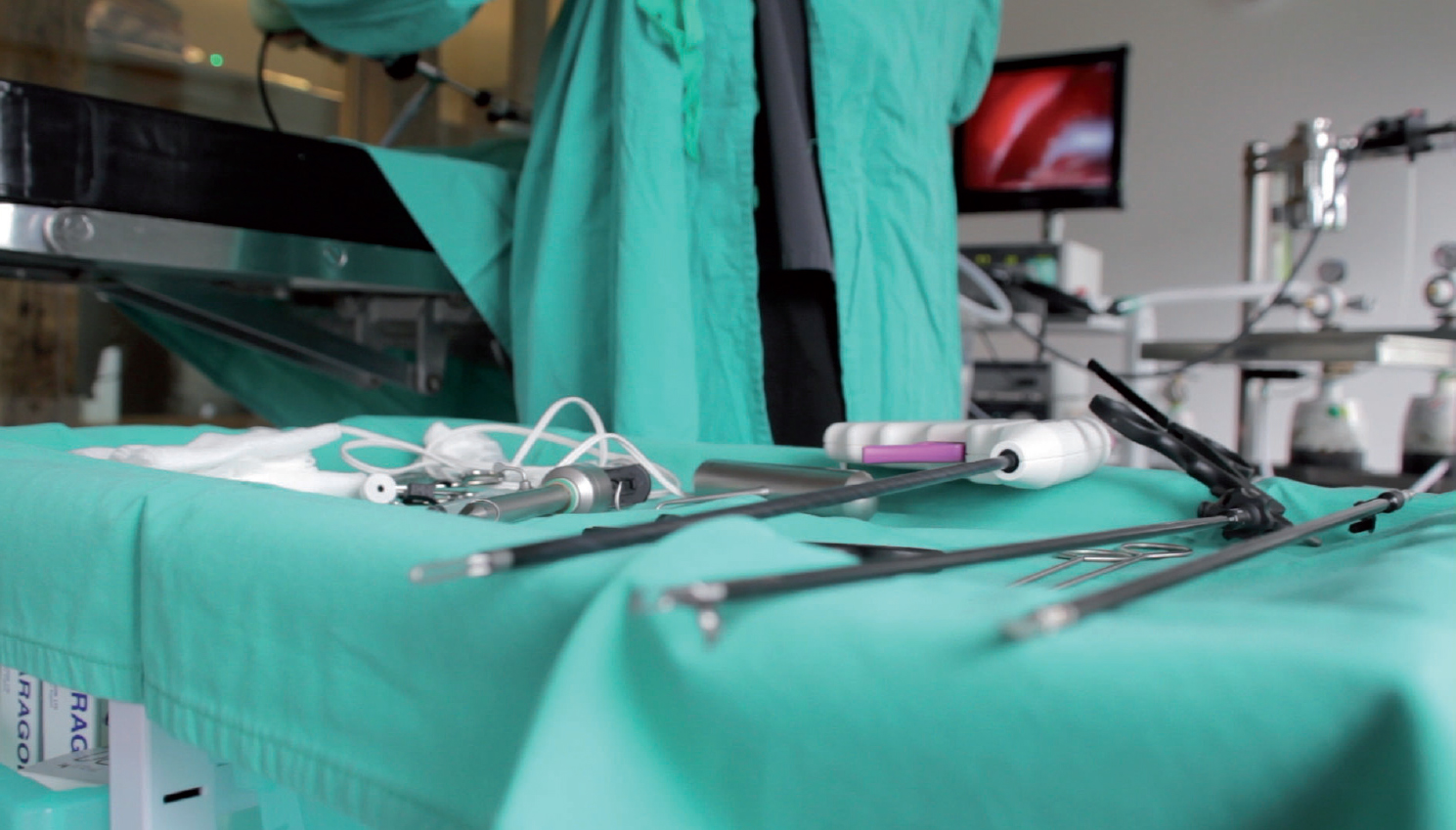Endoscopes hanging on the backs of doors, stethoscopes hung over cup-board door handles, boxes of rarely-used antibiotics gathering dust and then going out of date at the far end of the store cupboard shelves: does this sound familiar? Maybe the practice has an efficient storage and stock control system in place now, but those working there can remember the old days when operations were delayed due to the hunt for an important piece of kit stored in the wrong place. Proper stock control and storage may save time and money, allow pets to go home earlier following time-efficient operations, and can lead to greatly reduced stress for practice staff as they go about their daily tasks. Knowing where everything is kept, and that it is stored correctly, can also improve practice harmony since everyone is working to the same set of instructions.
Although guidelines and regulations are in place for the correct storage of drugs, oxygen cylinders and laboratory samples, as well as for the safe disposal of hazardous waste (including sharps) (Royal College of Veterinary Surgeons, 2013), very little information is readily available in one place about the best way to store other veterinary consumables, or indeed vital (and often expensive) surgical and diagnostic equipment. For instance, the instructions supplied with costly items such as laproscopes, or even stethoscopes, will include details on how they should be stored when not in use, but how many practices keep such instruction leaflets to hand, or even describe the storage instructions in a practice handbook? Likewise no one has, as yet, produced a definitive study on how much time and energy might be wasted in the average veterinary practice by staff trailing backwards and forwards between storage cupboards and consulting rooms looking for a particular box of antibiotics, which are definitely in stock according to the computer records, but are not in the correct place on their designated shelf. Some practices are better organised than others, when it comes to storage, but it is unlikely that any are perfect and so a standard needs to be developed that all can strive towards.
To come up with a ‘Gold Standard’ for veterinary storage, nurses and their colleagues need to share stories of good and bad storage practices they have encountered in different practice situations and to consider how those situations could have been improved, or indeed how they themselves built up an efficient system to replace the one they first started with at a particular veterinary surgery.
Obviously systems will vary from practice to practice, because of the wide variety of sites and sizes of practice building, but some features can easily be adapted to suit a range of needs. A well organised veterinary practice can function more efficiently, since everything has its place and can be easily located when needed, reducing the chances of supplies running out, being over ordered or going out of date. All of these concerns are equally important in all sizes of practices and regardless of whether stock is ordered by one individual at a scheduled time, or by multiple members of staff as and when they see a need.
Likewise, knowing where things are is vital when it comes to reusable stock, such as surgical kits and consulting room equipment. Storing these items correctly saves time that might otherwise be spent searching through several cupboards (or even multiple rooms), while the patient is kept waiting in the consulting room or on the operating table. In an ideal world, everything the veterinary surgeon or veterinary nurse might need would be within easy reach. However, few practices have the space for vast areas of shelving and cupboards, and in large veterinary surgeries the issue also becomes one of where to store everything handily for each room where it might be needed. One alternative is to use stackable storage, with drawers of different depths to suit the sizes of items stored, with each drawer labelled on the outside as to what it contains (Figure 1), and suitably partitioned inside to provide individual spaces for different items. For example, a drawer might be partitioned to contain syringes sorted by volume, hypodermic needles sorted by gauge, or surgical needles sorted by type.

This type of storage system can then be adapted, especially in larger practice buildings, to include a central storage area, where the main stock is kept, and a number of small, portable storage units which can be filled up at the end of one day, ready for the next (Figure 2), with all the items that will be needed for a particular set of procedures, or in a specific consulting room. Stock can then be checked and reordered on a daily basis as the portable units are refilled, whether with kit used every day, or with less commonly used kit when it is known that a particular procedure is scheduled for the following day. The ideal portable storage unit might also come equipped with a top that functions as a surgical instrument tray (Figure 3), thus reducing space taken up in the operating room and improving the efficiency with which the kit can be laid out ready for the next operation.


Operations in which everything is readily to hand during the procedure lead to reductions in the time the animal spends anaesthetised, to improved recovery times, thus allowing animals to return home sooner and freeing up veterinary surgeons and veterinary nurses to work with more patients in the course of a normal working day. This not only allows the practice to run more efficiently, but also leads to more harmonious working conditions as no one is kept constantly feeling they are rushing to catch up. And at the end of an efficient surgical slot, having a portable storage unit makes clearing up much easier since it can then be used to transport delicate and expensive equipment such as laproscopes or endoscopes, as well as complete surgical kits, to the area set aside for their cleaning and resterilisation ready for the next procedure. No one has to worry about dropping kit that is potentially very expensive to repair or replace, and items can be stored securely back in their correct drawers once sterilised, where they are again safe from damage and easily located when needed.
‘Knowing that all stock is readily available, properly stored, and within date is even more vital when a veterinary practice runs an out of hours service?’
Portable storage units are not just for surgery, however: the same principles can be applied to setting up a portable storage unit for inpatient care, or for wound dressing and redressing. Having an inpatient trolley that can be set up the night before can make ward rounds more efficient, as well as less stressful for all involved: humans and animals. And a dressings trolley, where everything that might be required is stored in a labelled drawer, ready to be transferred to a tray on the top, can be far more efficient than having to rummage through a grab-bag or grab–box, and lay out items as they are found, on whichever surface in the consulting room is not already taken up by the patient or other items of kit. Since dressings and ointments, like drugs, have limits to their usable shelf-life, wastage can be reduced when everything is visible in a drawer rather than lost at the bottom of a box, or in a corner of the consulting room. Labelled drawers also encourage everyone to replace reusable items after use, and restock the consumables sections after each use, since it is easy to see which items are missing rather than having to rely on memory as to what was taken out from where.
Knowing that all stock is readily available, properly stored, and within date is even more vital when a veterinary practice runs an out of hours service from the same buildings as its regular daytime service, whether the two services are staffed by the same practice personnel, by out of hours specialists, or by a mixture of the two. One suggestion for these practices might be to have a specific ‘out of hours’ portable storage unit: containing surgical kits for common emergency operations, dressings for animals arriving with wounds, and inpatient kits to enable drips to be easily set up and replenished. Whether these units are restocked by the daytime staff at the end of their shift, or by the out of hours staff during the course of theirs would, of course, be a matter decided by the practice or practices involved.
Storage best practiceThe suggestions detailed here are by no means an exhaustive list and readers will almost certainly have a wealth of suggestions based on their own experiences, which they would like to share with others. Gratnells, a long-established manufacturer of storage solutions in other fields, launched a veterinary range in November 2012 and are now keen to produce a best practice document on veterinary storage solutions. This will be based on the real life experiences of veterinary nurses and other practice staff: readers are encouraged to get in touch with their stories, which will then be compiled into an ebook to be launched later in the year.If you want to be involved in this exciting and, hopefully, informative project, please email your stories of best storage practice to bestpractice@gratnellsveterinary.com and help make the ebook into a Gold Standard on veterinary storage solutions.

